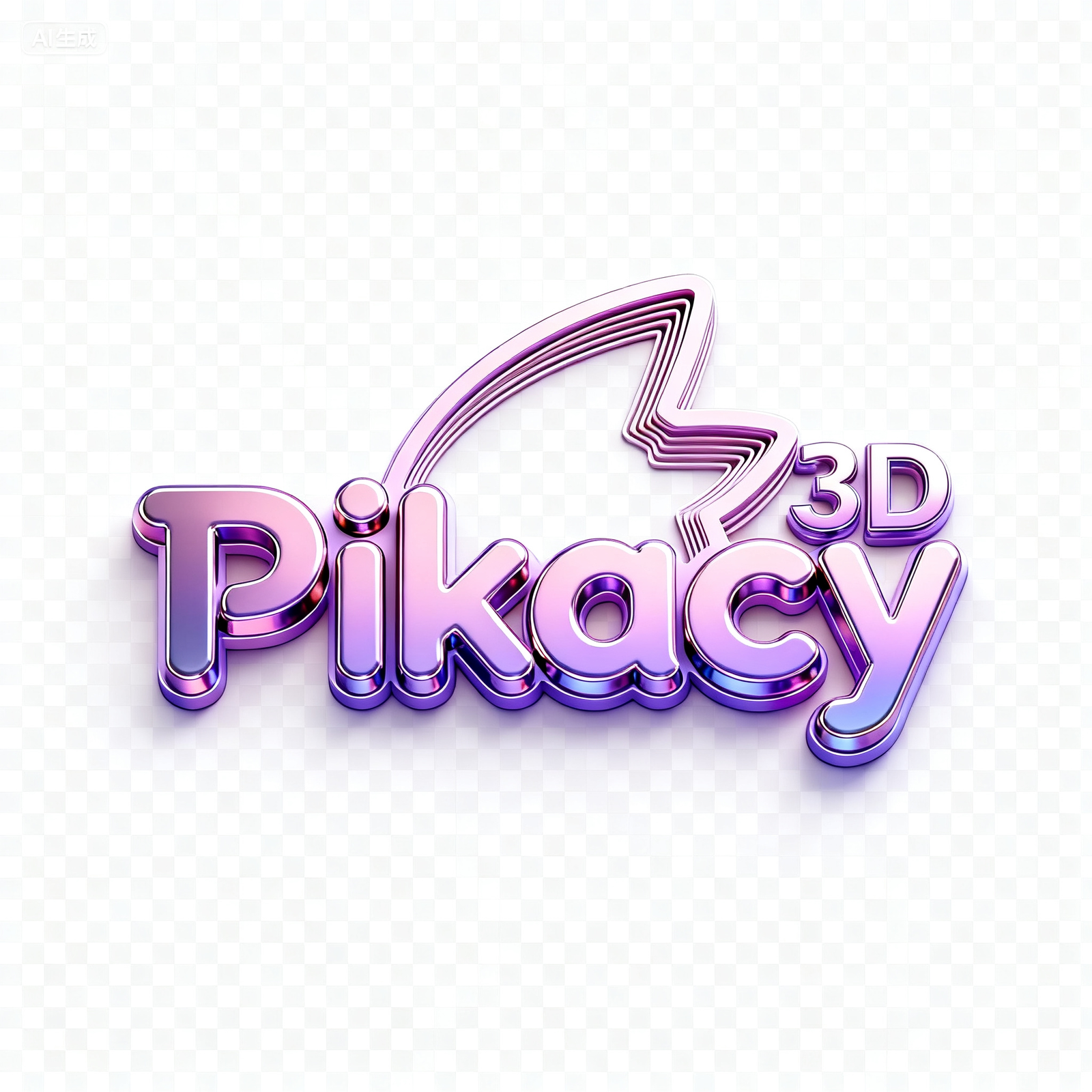WhatsApp:+8618670244407
Q&A
Frequently Asked Questions
3D printing, also known as additive manufacturing, is a technology that uses plastic, metal, resin and other materials to create three-dimensional objects by stacking them layer by layer based on digital models.
The core principle of 3D printing is the layer-by-layer deposition of materials based on a digital 3D model. The printer, following a pre-set design, deposits material layer by layer until the complete object is formed.
3D printing offers many advantages, including rapid prototyping, a high degree of customization, cost-effective low-volume production, the ability to manufacture complex geometries, and the ability to create designs with rich detail and sophisticated structures.
The limitations of 3D printing primarily include limited material selection, limited layer resolution, the need for additional post-printing processing, and the time required to print large or complex objects.
Common defects in 3D printing include object warping, poor support bridging, non-printable features due to nozzle size limitations, poor surface quality above supports, gaps between the infill material and the outline, and insufficient infill strength. These issues are related to factors such as material shrinkage, machine calibration, design rationality, and infill pattern selection. To address these issues, print quality can be improved by adjusting printing parameters, optimizing model design, and selecting appropriate infill patterns (click here to learn more about improving print quality).
Electroplating can significantly enhance the appearance of 3D-printed products, particularly in stereolithography (SLA) printing, enabling seamless fusion of plastic and metal materials, resulting in a smooth surface. This process offers designers and manufacturers the flexibility to choose colors and combine different metals to create visually striking surface coatings. Furthermore, electroplating affordably restores the appearance and texture of more expensive materials, significantly enhancing the aesthetics of a product.
3D printing is used across multiple industries, including manufacturing, healthcare, automotive, aerospace, education, and consumer goods. It has a wide range of applications, including prototyping, customized product production, and medical implant manufacturing.
There are many types of 3D printers on the market, including fused deposition modeling (FDM), stereolithography (SLA), and selective laser sintering (SLS). Each type of printer has its own unique advantages and is suitable for different application scenarios.
